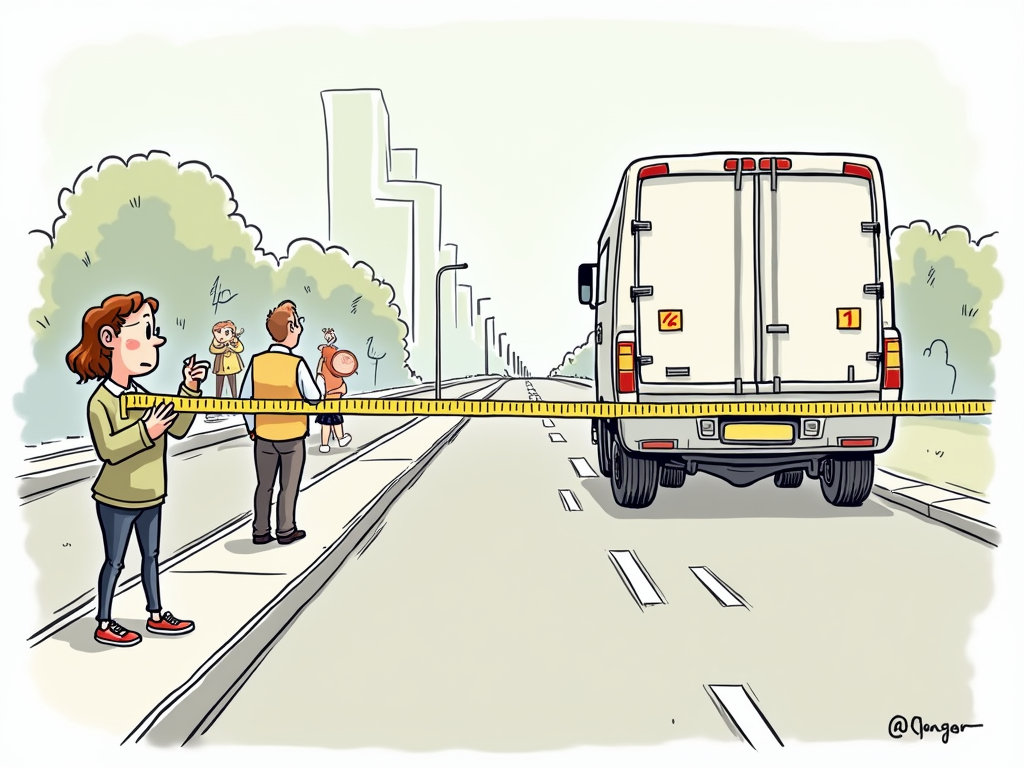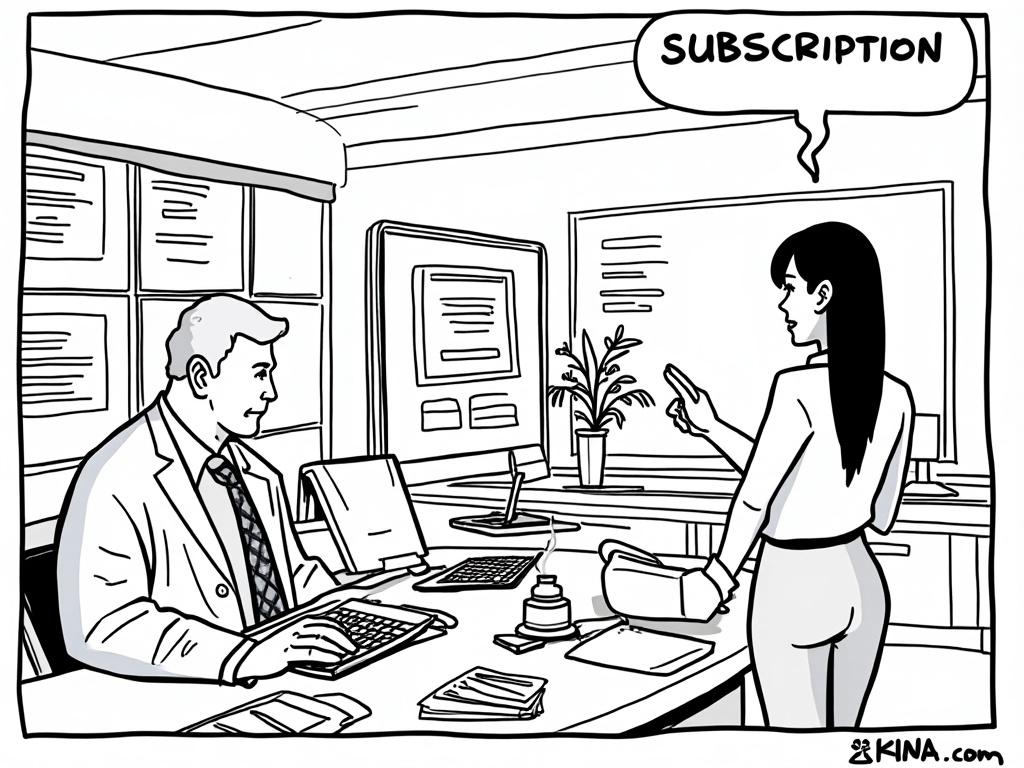
Understanding Mileage Tax Deductions: Maximizing Your Vehicle Expense Benefits
Reading time: 10 minutes
Table of Contents
- Introduction to Mileage Tax Deductions
- Standard Mileage Rates: Current and Historical
- Eligibility Requirements for Mileage Deductions
- Calculating Your Mileage Deduction
- Standard Rate vs. Actual Expenses: Which Is Better?
- Documentation Requirements: Tracking Your Miles
- Special Situations and Considerations
- Conclusion
- Frequently Asked Questions
Introduction to Mileage Tax Deductions
Have you ever found yourself wondering if those long drives for work could somehow benefit your financial situation? You’re not alone. Every year, millions of taxpayers leave money on the table by failing to properly claim mileage deductions. Whether you’re a rideshare driver putting in 60-hour weeks, a real estate agent constantly showing properties, or a small business owner making client visits, understanding mileage tax deductions can significantly reduce your tax burden.
Here’s the straight talk: The IRS doesn’t simply hand out tax breaks without proper justification and documentation. However, with the right knowledge and preparation, you can transform your necessary business driving into valuable tax deductions.
Quick scenario: Imagine you’re a consultant who drives 15,000 business miles annually. At current rates, that could translate to a deduction worth thousands of dollars. Wouldn’t you want to ensure you’re claiming every mile you’re entitled to?
Standard Mileage Rates: Current and Historical
The IRS adjusts the standard mileage rates periodically to reflect changing costs of vehicle operation, including gas prices, maintenance costs, and depreciation. These rates serve as a simplified method to calculate deductible vehicle expenses without tracking every individual cost.
Current Standard Mileage Rates (2023)
For the 2023 tax year, the IRS has set the following standard mileage rates:
- Business mileage: 65.5 cents per mile (increased from 62.5 cents for the latter half of 2022)
- Medical or moving purposes: 22 cents per mile (for qualifying active-duty military relocations)
- Charitable service: 14 cents per mile (unchanged for several years as this rate is set by statute)
It’s worth noting that the business mileage rate represents a significant increase from previous years, reflecting rising vehicle ownership and operation costs.
Historical Rate Changes
Understanding how rates have changed helps contextualize the current deduction value:
| Tax Year | Business Rate (cents) | Medical/Moving Rate (cents) | Charitable Rate (cents) | % Change in Business Rate |
|---|---|---|---|---|
| 2023 | 65.5 | 22 | 14 | +4.8% |
| 2022 (Jul-Dec) | 62.5 | 22 | 14 | +11.6% |
| 2022 (Jan-Jun) | 58.5 | 18 | 14 | +3.5% |
| 2021 | 56.0 | 16 | 14 | -1.8% |
| 2020 | 57.5 | 17 | 14 | -0.5% |
As you can see, the 2023 rate represents the highest business mileage rate the IRS has ever offered, making this an opportune time to ensure you’re maximizing your eligible deductions.
Eligibility Requirements for Mileage Deductions
Not all miles driven qualify for tax deductions. Understanding eligibility is crucial for claiming your rightful deductions while avoiding potential audit triggers.
Business Mileage Eligibility
Business mileage typically includes:
- Travel between workplaces (but not commuting from home to your regular workplace)
- Client or customer visits
- Business errands (bank deposits, supply pickups)
- Business-related education or training locations
- Airport travel for business trips (excluding personal portions)
- Temporary work locations
Pro Tip: The miles you drive between your home and regular workplace (your daily commute) are generally considered non-deductible personal expenses. However, if you have a qualifying home office that serves as your principal place of business, trips from home to business-related destinations may qualify as deductible business mileage.
Who Can Claim Mileage Deductions?
Mileage deductions are available to:
- Self-employed individuals (Schedule C filers)
- Independent contractors (including gig workers like Uber/Lyft drivers)
- Business owners (partnerships, LLCs, S-corporations)
- Employees with qualifying unreimbursed expenses (though significantly limited after the Tax Cuts and Jobs Act)
Case Study: Marco, a real estate agent, drove 20,000 miles showing properties, attending closings, and meeting with potential clients last year. At the 2023 rate of 65.5 cents per mile, his potential deduction amounts to $13,100, significantly reducing his taxable income.
Calculating Your Mileage Deduction
Calculating your mileage deduction is straightforward once you understand the process. Let’s break it down into manageable steps.
Basic Calculation Method
The formula is simple:
Deductible Business Miles × Current IRS Rate = Your Deduction
For example:
- 12,000 business miles × $0.655 (2023 rate) = $7,860 deduction
This deduction directly reduces your taxable income. For someone in the 25% tax bracket, this example would save approximately $1,965 in taxes.
Partial Year Considerations
If the IRS changes rates mid-year (as happened in 2022), you’ll need to calculate separate totals for miles driven during each rate period.
Example calculation for 2022:
- January-June: 6,000 miles × $0.585 = $3,510
- July-December: 6,000 miles × $0.625 = $3,750
- Total deduction: $7,260
Practical Roadmap:
- Track all potential business miles throughout the year
- Separate miles by category (business, medical/moving, charitable)
- Apply the appropriate rate to each category
- Document your calculations for your tax records
Standard Rate vs. Actual Expenses: Which Is Better?
The IRS offers two methods for deducting vehicle expenses: the standard mileage rate and the actual expense method. Choosing the right approach can significantly impact your tax savings.
Standard Mileage Method
Under this method, you simply multiply your business miles by the IRS standard rate. This approach:
- Requires less documentation (though you still need to track miles)
- Eliminates the need to keep receipts for gas, maintenance, etc.
- Often benefits high-mileage, fuel-efficient vehicles
- Cannot be used if you’ve claimed certain depreciation methods in the past
Actual Expense Method
With this approach, you track and deduct all actual costs of operating your vehicle, including:
- Gas and oil
- Maintenance and repairs
- Tires
- Insurance
- Registration fees
- Depreciation or lease payments
- Garage rent
- Tolls and parking fees
You then multiply these total expenses by your business use percentage (business miles ÷ total miles).
Case Study: Sarah runs a mobile pet grooming service and drove 8,000 business miles last year in her SUV. Under the standard method, her deduction would be $5,240 (8,000 × $0.655). However, her actual vehicle expenses totaled $12,000. With 80% business use (8,000 business miles out of 10,000 total miles), her actual expense deduction would be $9,600 ($12,000 × 80%), making the actual expense method more beneficial in her case.
Making the Smart Choice
Well, here’s the straight talk: The best method depends on your specific situation. Generally:
- Standard rate typically benefits high-mileage, economical vehicles
- Actual expenses often benefit low-mileage, expensive vehicles or those with high operating costs
- If you use the standard rate the first year you use a car for business, you can switch methods later
- If you use actual expenses with depreciation the first year, you’re locked into that method for the life of that vehicle
Pro Tip: Calculate your deduction both ways before deciding. Many tax professionals recommend tracking information for both methods during your first year of business use, then choosing the most advantageous option at tax time.
Documentation Requirements: Tracking Your Miles
Proper documentation is non-negotiable when claiming mileage deductions. The IRS requires contemporaneous recordkeeping, meaning you should record information at or near the time of your travel.
Essential Record-Keeping Elements
Your mileage log should include:
- Date of each trip
- Starting and ending locations
- Purpose of the travel (specific business reason)
- Starting and ending odometer readings or total miles
- Total miles driven during the year (for all purposes)
Without adequate records, the IRS can disallow your entire mileage deduction during an audit, regardless of how legitimate your business driving was.
Tracking Tools and Technologies
Several options exist for tracking your mileage:
- Paper logs: Traditional but reliable if maintained consistently
- Spreadsheets: More organized and easily calculated
- Dedicated apps: MileIQ, Everlance, TripLog offer automated tracking
- GPS systems: Some can export travel histories
Quick Scenario: Imagine being audited three years from now. Would you be able to justify that client meeting in March 2023? Automated tracking tools can provide peace of mind by maintaining detailed records that can withstand scrutiny.
Pro Tip: Take a photo of your odometer on January 1st and December 31st each year to establish your total annual mileage, which serves as important supporting documentation for calculating your business use percentage.
Special Situations and Considerations
Beyond the basics, several special situations may affect your mileage deductions.
Multiple Vehicles
If you use multiple vehicles for business:
- Track mileage separately for each vehicle
- You can use different methods (standard vs. actual) for different vehicles
- Consider dedicating one vehicle primarily to business use for cleaner recordkeeping
Vehicle Depreciation Limitations
When using the actual expense method, luxury vehicle depreciation is limited. For vehicles placed in service in 2023:
- First year: $20,200 maximum ($28,900 with bonus depreciation)
- Second year: $19,500 maximum
- Third year: $11,700 maximum
- Each subsequent year: $6,960 maximum
These limits are significantly higher for certain SUVs, trucks, and vans that qualify as heavy vehicles (over 6,000 pounds gross vehicle weight).
Addressing Common Challenges
Many taxpayers face these common challenges:
- Forgotten logs: If you’ve failed to maintain contemporaneous records, reconstruct them using calendar appointments, email confirmations, receipts, and other documentation. While not ideal, a reconstructed log is better than no log.
- Mixed-use travel: For trips with both business and personal components, carefully separate the miles. Only the primary-purpose business portions are deductible.
- Vehicle disposition: If you sell or trade in a vehicle used for business, special tax implications may apply, particularly if you’ve been using the actual expense method with depreciation.
Case Study: James, a consultant, frequently combines client visits with personal activities. After meeting with a client downtown, he often runs personal errands before returning home. In his mileage log, James correctly only claims the direct routes to and from client locations, excluding the additional personal miles, even though they occurred during the same trip.
Conclusion
Navigating mileage tax deductions doesn’t have to be overwhelming. With current rates at historic highs (65.5 cents per mile for business in 2023), proper tracking and claiming of your eligible miles can yield significant tax savings. Remember these key points:
- Choose the right method for your situation (standard rate vs. actual expenses)
- Maintain meticulous, contemporaneous records
- Understand which miles qualify and which don’t
- Consider using technology to simplify tracking
- Consult with a tax professional for your specific situation
The difference between haphazard and strategic mileage tracking can amount to thousands of dollars in tax savings. By implementing the approaches outlined in this guide, you can transform your necessary business driving from a cost center into a valuable tax advantage.
Ready to transform complexity into tax savings? Start by implementing a consistent mileage tracking system today. Your future tax bill will thank you.
Frequently Asked Questions
Can I claim mileage on my taxes as an employee?
Since the Tax Cuts and Jobs Act of 2017, most employees can no longer deduct unreimbursed business expenses, including mileage, on their federal tax returns. However, there are two notable exceptions: eligible armed forces reservists and qualifying state or local government officials paid on a fee basis. If you’re an employee incurring significant business mileage, consider requesting a reimbursement program from your employer or discussing the tax implications of independent contractor status with a tax professional.
What happens if I haven’t kept good mileage records but want to claim the deduction?
While the IRS prefers contemporaneous recordkeeping, you can create a reconstructed mileage log using supporting documentation such as appointment calendars, work orders, receipts with locations, digital photos with timestamps/location data, and maintenance records showing odometer readings. This reconstruction should demonstrate regular business travel patterns and reasonable mileage estimates. However, be aware that reconstructed logs face greater scrutiny during audits and may result in reduced deductions if deemed insufficiently substantiated. Starting proper documentation immediately for future tax years is strongly recommended.
Can I switch between the standard mileage rate and actual expenses method from year to year?
You can switch from the standard mileage rate to the actual expenses method in any year. However, if you used the standard mileage rate in the first year the vehicle was used for business, you can switch to actual expenses in a later year. Conversely, if you used actual expenses with depreciation in the first year, you’re locked into the actual expense method for the life of that vehicle for business purposes. This one-way limitation reflects the IRS concern about taxpayers double-dipping on depreciation benefits, as the standard rate already includes a depreciation component. Strategic planning in your first year of business vehicle use is therefore crucial.



